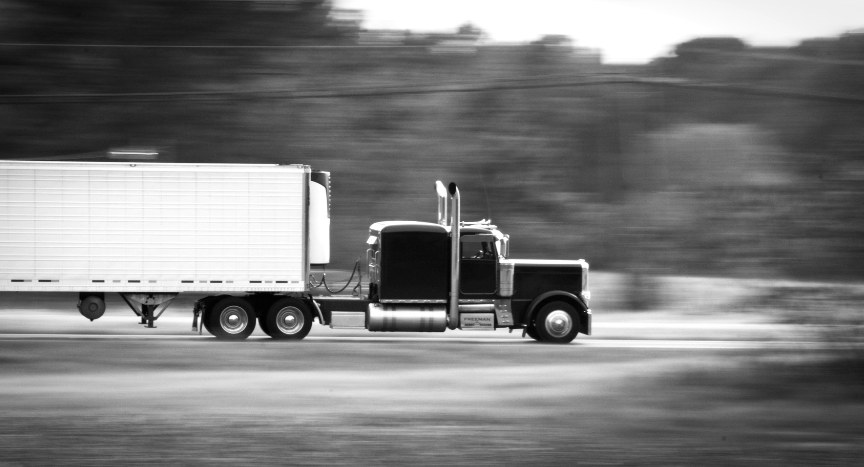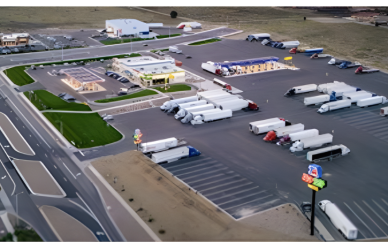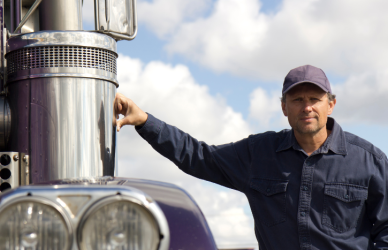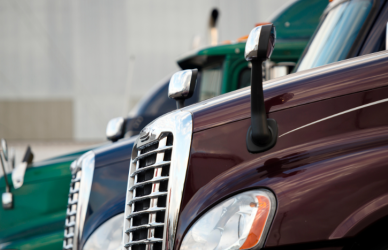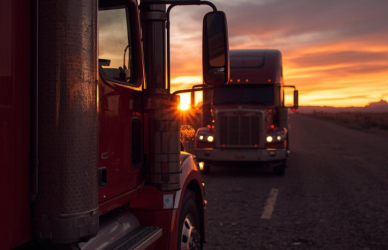When a truck rolls its final mile, its journey isn’t necessarily over. Retired trucks often find new purposes or are responsibly recycled, contributing to the economy and the environment in ways that many drivers might not realize. Let’s take a look at the life of a truck after it’s parked for good, exploring the surprising paths these machines take when they’re no longer fit for the road.
-
Repurposing for New Adventures
Not all retired trucks are scrapped. Many find a second life in industries that don’t demand long hauls or heavy loads. For example:
- Farming and Construction: Older trucks often serve on farms or construction sites as stationary equipment, such as water carriers or generators. Their durability makes them ideal for rugged tasks.
- Mobile Businesses: Trucks no longer fit for hauling can be converted into food trucks, mobile repair shops, or even custom living spaces, offering innovative solutions for entrepreneurs.
- Training Vehicles: Driving schools often use decommissioned trucks to teach new drivers, allowing hands-on practice in a safe and controlled environment.
-
The Recycling Process
When a truck is truly at the end of its road life, recycling ensures its materials are repurposed efficiently. Here’s how the process unfolds:
- Tires: Old tires are processed into materials for asphalt, playground surfaces, or even repurposed as industrial mats.
- Metal Components: Steel, aluminum, and other metals are melted down and reused in manufacturing for vehicles, appliances, or construction materials.
- Fluids and Batteries: Engine oil, transmission fluid, and batteries are carefully drained, treated, and recycled, minimizing environmental risks.
This comprehensive recycling process reduces waste and ensures that even a worn-out truck contributes to sustainability.
-
Parts Salvaging
Before recycling, trucks are often stripped for usable parts. Salvage yards play a crucial role here:
- Engines and Transmissions: These components are refurbished and resold, extending the lifecycle of other vehicles.
- Interior Parts: Seats, steering wheels, and dashboards are repurposed for vehicles in need of replacement parts.
- Rare Components: Older trucks often have components no longer manufactured, making them valuable for restoration projects or vintage fleets.
-
Preservation for History
Some trucks don’t retire in the traditional sense. Vintage and iconic models are preserved or restored, becoming showpieces in museums or truck shows. These trucks showcase the industry’s evolution, offering a glimpse into the past for future generations.
-
Export to Developing Markets
In many cases, trucks that no longer meet emissions or safety standards in one country are exported to developing markets where they can still be used effectively. These trucks provide essential transport in areas where newer vehicles are less accessible, extending their usefulness.
-
Creative Recycling Innovations
The ingenuity of today’s innovators has led to remarkable transformations of retired trucks:
- Art Installations: Components from trucks are repurposed into sculptures and public art pieces, blending industrial design with creativity.
- Eco-Friendly Housing: Truck frames are sometimes used as foundations for modular, eco-friendly homes, demonstrating sustainable reuse.
Why This Matters
Understanding the lifecycle of a truck helps drivers appreciate the full impact of their vehicle’s existence, from the first mile to the last. Recycling and repurposing preserve resources and ensure that these hardworking machines continue contributing to society long after their driving days are over.
The journey of a truck doesn’t end at the scrapyard. Whether repurposed, recycled, or cherished as a piece of history, every retired truck has a story that continues to unfold. For drivers, knowing what happens to their trusted rigs after retirement adds a new layer of respect for the industry and its commitment to sustainability.


